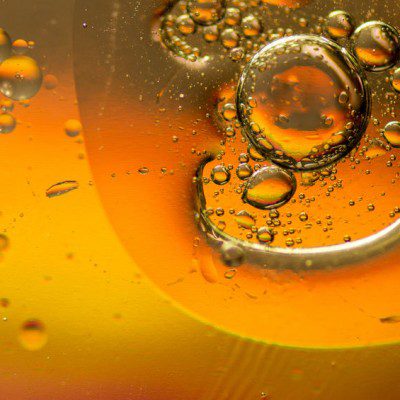
Emulsifiers are the key for oil and water to work together.It’s mixing 101: oil and water don’t mix. Thankfully, we have emulsifiers to stabilize surface tension AND to serve as a dough conditioner as an added bonus. Emulsifiers improve texture and shelf life, and help with crumb and color, among other things.
Optimizing the HLB
Different variations of emulsifiers have a different hydrophilic-lipophilic balance (HLB), or the ratio of their polar and nonpolar ends. The scale runs from 0 to 20, which would be an entirely hydrophilic substance.Here’s a quick rundown of the variations:
Lecithin: HLB 8-10; forms a protein complex, once during mixing and later during baking.
Sodium stearoyl lactylate and calcium stearoyl lactylate (SSL and CSL): HLB 21 and 10, respectively; strengthen dough performance, soften crumb and slow staling.
Ethoxylated mono- and diglycerides (EMG): HLB 9-20; dough-strengthening qualities.
Polysorbates (PS): HLB 14-16; very surface-active.
Succinylated monoglycerides (SMG):HLB 5.3; interact with the flour proteins as an effective dough conditioner.
Diacetyl tartaric acid esters of monoglycerides (DATEM): HLB 9.2; excellent handling properties.
Mono- and diglycerides: HLB 2.8-3.5; assist with fat and oil dispersion in batter systems.
Read more about these emulsifiers and how they work in dough and batter here!

